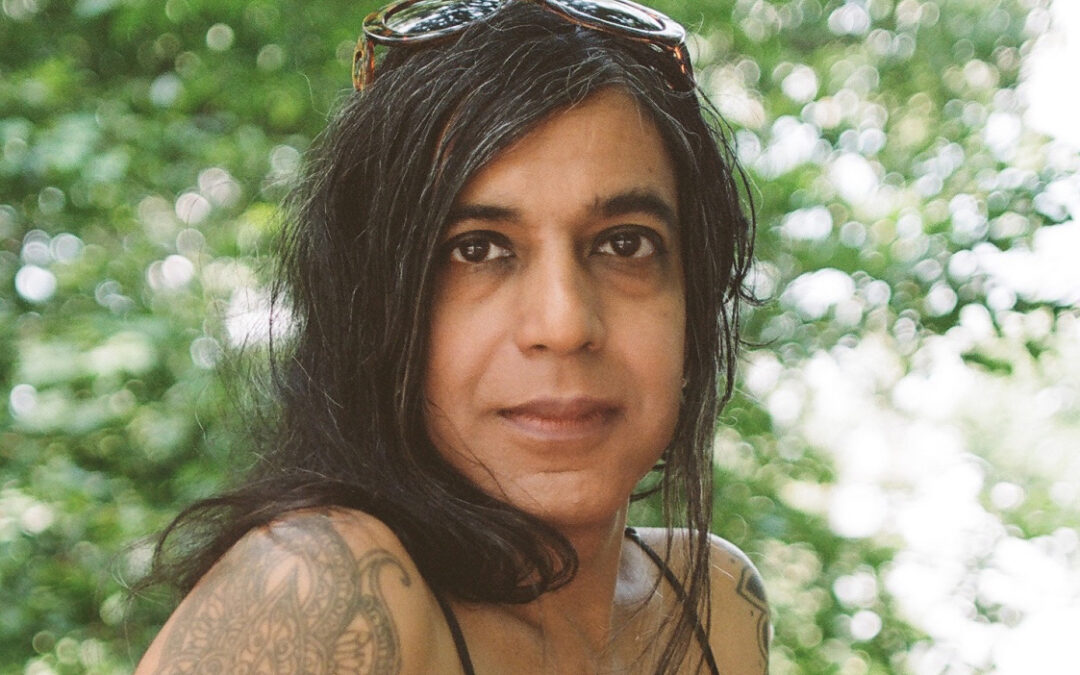
by Michele Kirichanskaya | Jul 26, 2024 | Blog
Bishakh Som is an Indian-American trans femme visual artist and author. Her work has appeared in The New Yorker, MoMA.org, Autostraddle, The Strumpet, The Boston Review, The Georgia Review, Black Warrior Review and The Brooklyn Rail, amongst other publications. Her...
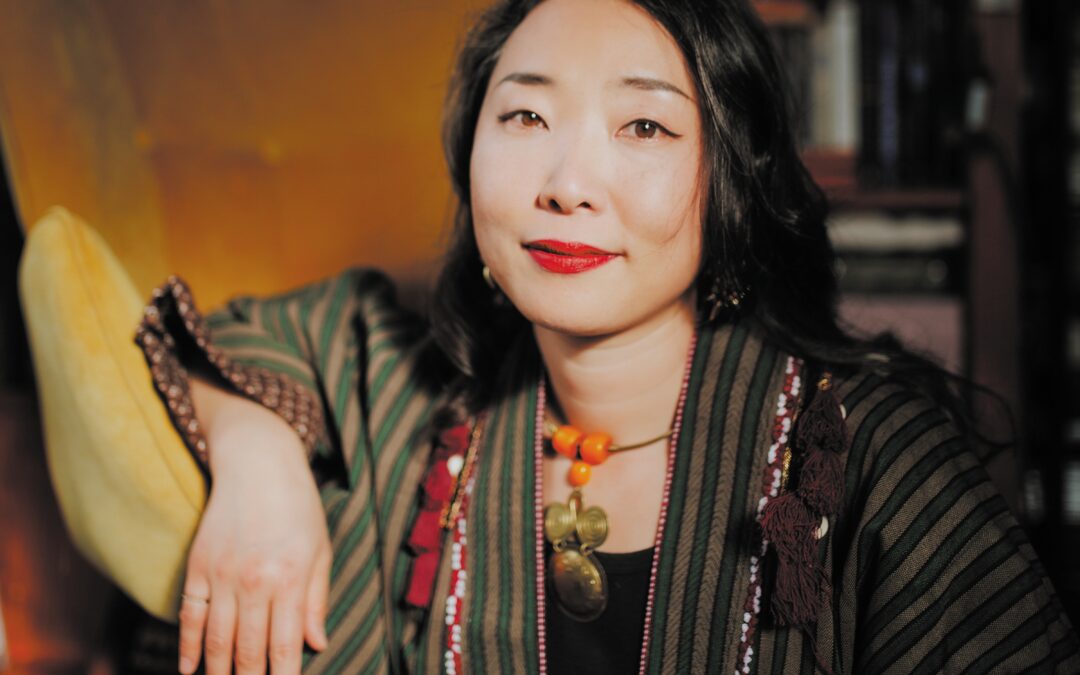
by Michele Kirichanskaya | Jul 12, 2024 | Blog
First of all, welcome to Geeks OUT! Could you tell us a little about yourself? My name is Robin Ha, I am a Korean American cartoonist based in Virginia. I was born in Seoul, South Korea, and immigrated to the United States when I was fourteen. I grew up reading and...
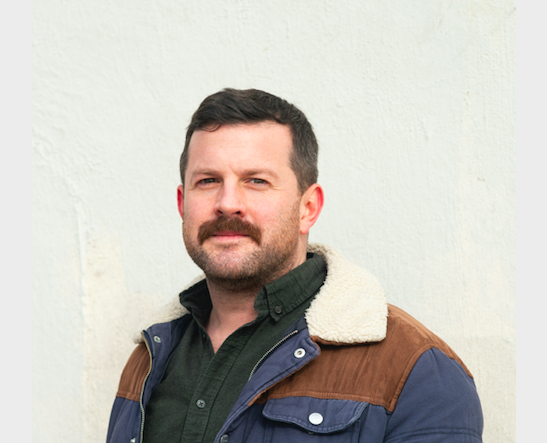
by Rebelle Summers | Jul 3, 2024 | Blog
Writer and editor Greg Lockard is bringing the heat this Pride with a new graphic novel, Trick Pony. A universe away from his GLAAD Media Awards nominated and New York Times celebrated Liebestrasse set in Nazi-era Germany, this time Lockard, with artist Anna David and...
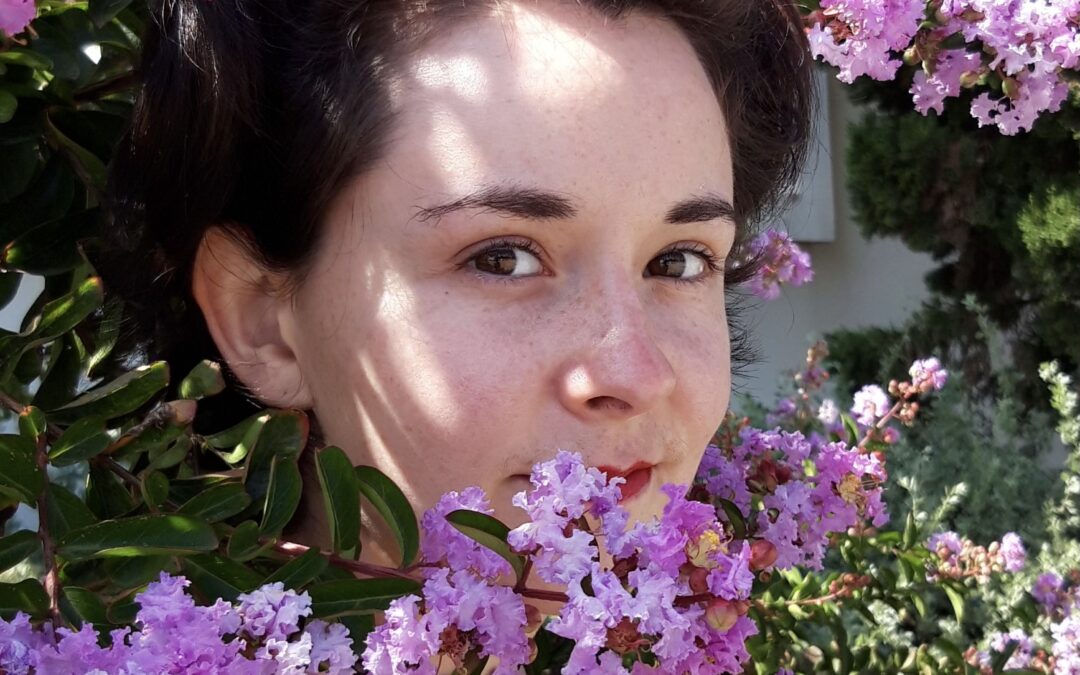
by Chris Allo | Jun 29, 2024 | Blog
Happy Pride all of you amazing and beautiful people! For this edition of the Queer Creator Spotlight I had the privilege of interviewing graphic novelist and “French Auter,” Gaelle Avril Geniller. Genillers debut graphic album “A Boy Named...
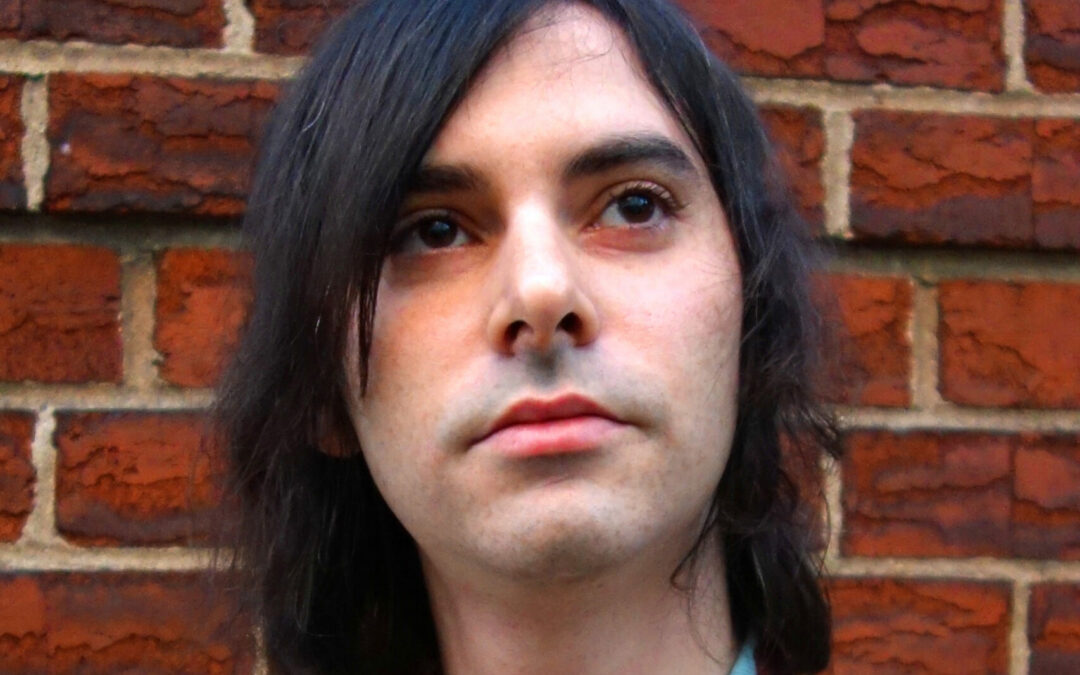
by Michele Kirichanskaya | Jun 26, 2024 | Blog
Ben Kahn is an Ignatz-nominated writer working in New York City with decades of experience writing for comics and videogames. Ben divides their time between working on their latest comic book projects, and playing with a kitty who would really rather be left alone. I...






